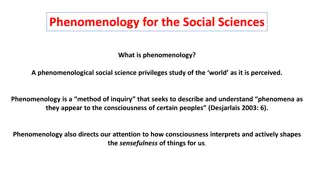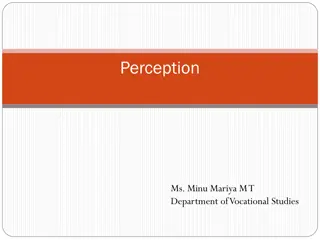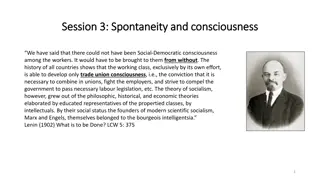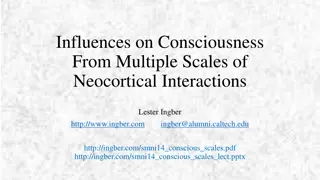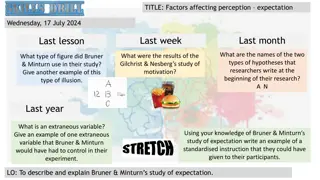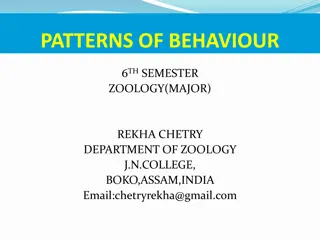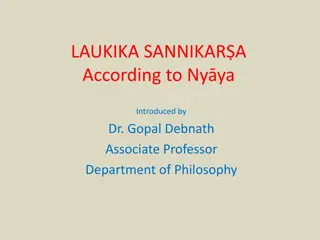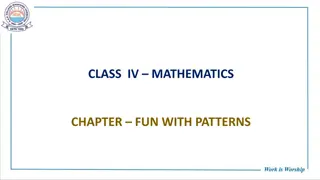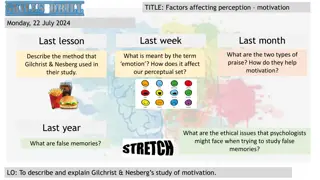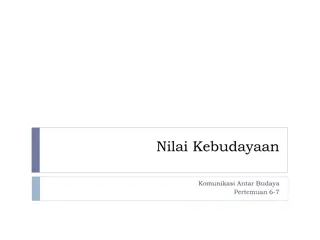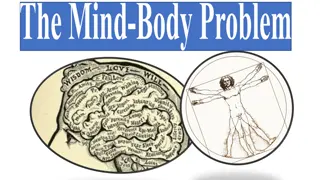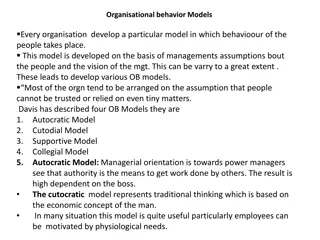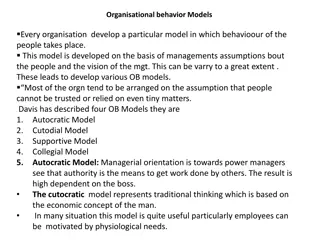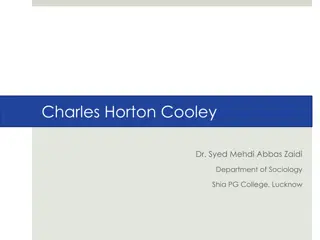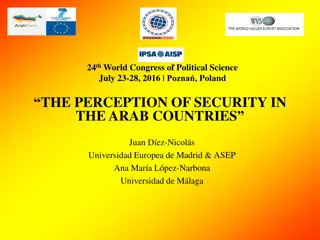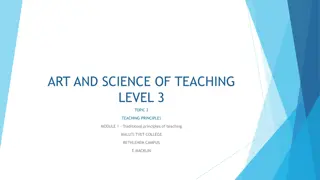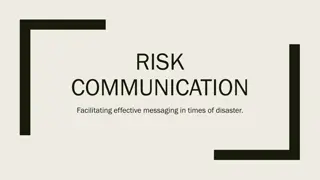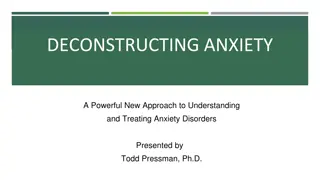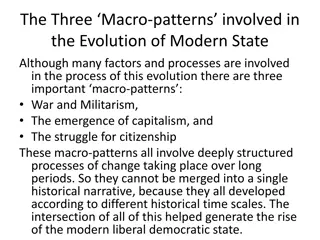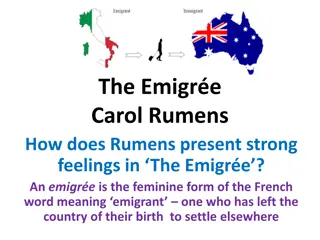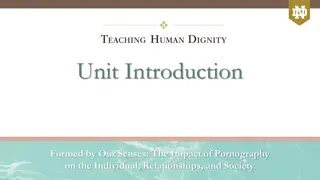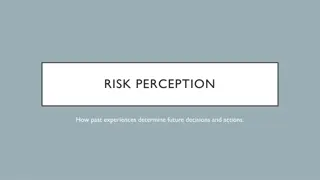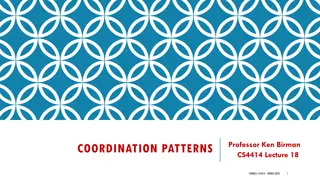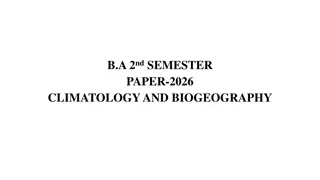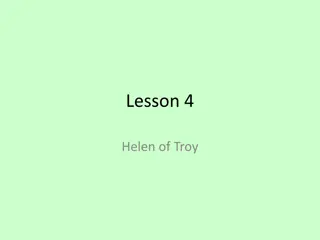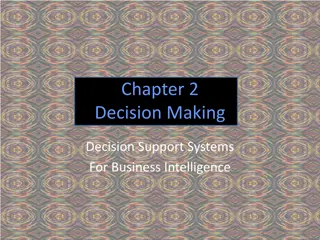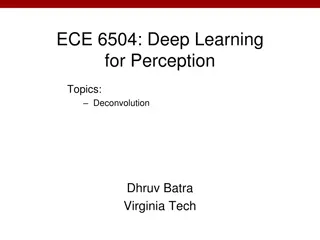Principles and Processes of Perception: Understanding Consciousness and Patterns
Perception involves the complex processes of sensation, interpretation, and past experiences shaping our understanding of the world. Gestalt theories highlight pattern perception, while perceptual hypotheses influence our perception accuracy. The perception process entails selecting, organizing, and interpreting sensory information in three phases.
Download Presentation

Please find below an Image/Link to download the presentation.
The content on the website is provided AS IS for your information and personal use only. It may not be sold, licensed, or shared on other websites without obtaining consent from the author. Download presentation by click this link. If you encounter any issues during the download, it is possible that the publisher has removed the file from their server.
E N D
Presentation Transcript
Principles and processes of perception; Consciousness meaning, types, sleep and dreams SESSION 12 Dr. Chitrasena Padhy Associate Professor Agricultural Extension
Perception-Meaning Everyday different stimuli around us will be stimulating our sense organs. Many of these stimuli are received by our sense organs and are converted into sensations. These sensations are transmitted to the concerned parts of brain. In turn the brain will interpret these sensations. It is only after such interpretation we understand what the stimulus is.
Hence in understanding the world around us, attention occurs first, followed by sensation and finally interpretation by brain. This process of interpretation of stimulus is known as perception . So perception involves two processes: sensation interpretation. But interpretation of any stimulus requires past experience also. For example, a child who has not seen an elephant earlier either in photo or directly cannot identify that animal, whereas another child who has seen earlier will identify the animal easily.
Hence, perception may be defined as a process of interpretation of a present stimulus on the basis of past experience . Perception is not as simple as said here. It is an integrated approach. It is a synthetic process where different physiological and psychological processes are involved. For example, the accuracy of sense organs, clarity of sensations, mental set of an individual, etc. Otherwise our perception may go wrong.
According to Gestalt theorists, pattern perception, or our ability to discriminate among different figures and shapes, occurs by following the principles described above. You probably feel fairly certain that your perception accurately matches the real world, but this is not always the case. Our perceptions are based on perceptual hypotheses: educated guesses that we make while interpreting sensory information. These hypotheses are informed by a number of factors, including our personalities, experiences, and expectations.
We use these hypotheses to generate our perceptual set. For instance, research has demonstrated that those who are given verbal priming produce a biased interpretation of complex ambiguous figures (Goolkasian & Woodbury, 2010). Process of Perception The perception process revolves around the ways in which we select, organize and interpret the information that reaches us through our senses. Thus, the perception process occurs in three phases:
Selection, Organization, and Interpretation. 1. Perception involves selection Selectivity means choosing information. There are sensory stimuli around you all the time sights, sounds, smells, textures yet you focus your attention on very few of them. 2. Perception involves organization Once the brain has selected the relevant information, it arranges its selections into meaningful patterns according to our frame of reference: this is known as perceptual organization.
The organization of what we perceive is largely affected by our expectations and our desire to form a whole image (a phenomenon called closure). The following two perception tests illustrate how expectations and closure affect the organization of information. After sensory stimuli have been selected and organized, we give them meaning in light of our frame of reference in what is called perceptual interpretation.
Interpretation is the process of explaining and evaluating what has been selected and organized. Because people are individuals, they are unlikely to select the same stimuli or organize them in the same way. They are thus unlikely to arrive at the same interpretations of events or other people. Principles of Perceptual Organization Perceptual organization theory is based on five rules or principles.
Proximitywe tend to perceive objects that are close to each other as a group. Similarity in this example of similarity, instead of six rows of circles, we tend to see three rows of black circles and three rows of white circles. Continuity the eye tends to follow lines; for example, in the image below we're more likely to perceive two overlapping lines rather than four lines meeting in the center.
Closureif someone draws a circle but leaves the circle open you will see the figure as a circle before you notice it has been left incomplete. This is also called the principle of simplicity. Connectedness we tend to group elements that are connected to each other with lines, shapes, or colors as a single unit.


